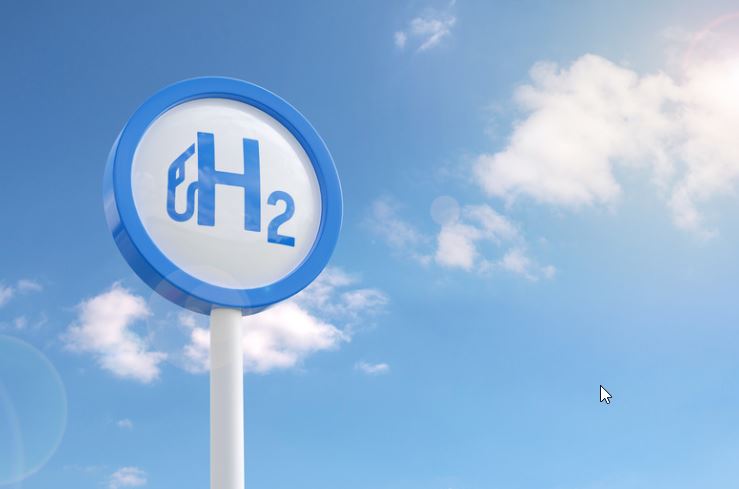Spain’s hydrogen mobility landscape is gaining momentum with the Official Credit Institute (ICO) approving €7 million in financing to Hidrógeno Verde Renovable SL (HVR) for the deployment of 20 renewable hydrogen (RH2) refueling stations across the Trans-European Transport Network (TEN-T).
Supported by an additional €4.2 million grant from the EU’s Connecting Europe Facility – Alternative Fuels Infrastructure Facility (CEF-AFIF), the initiative marks a decisive step toward meeting the Alternative Fuels Infrastructure Regulation (AFIR) targets for 2030.
The ACTIVA project, promoted by HVR, represents a hybrid funding model combining EU grants and repayable loans to reduce upfront investment barriers for operators. Under this scheme, hydrogen stations—each with a 1-ton-per-day dispensing capacity at 350 and 700 bar—will be installed at existing service stations and offered under all-inclusive lease contracts. This approach allows specialized fleet and logistics companies to adopt hydrogen solutions without the need for direct capital expenditure, a crucial move in a market where high initial costs remain a major obstacle.
HVR’s modular design also emphasizes scalability and space efficiency. Each unit occupies around 20 m² and operates with a modest 15 kW installed power, signaling a shift toward compact, distributed refueling infrastructure rather than large centralized hubs. The company, majority-owned by Langur Holding Corporation SL, has already demonstrated operational readiness through its first hydrogen generation, storage, and supply plant in Coslada (Madrid), inaugurated in 2023.
The deployment aligns with EU transport decarbonization goals and the TEN-T strategy, which envisions a comprehensive hydrogen refueling network accessible to heavy-duty and light-duty vehicles alike. Spain’s transport sector—responsible for nearly 29% of the country’s greenhouse gas emissions—is under increasing pressure to transition toward renewable fuels. Hydrogen, particularly when produced from renewable sources, is emerging as a viable complement to electrification for long-haul and industrial transport segments.
Through CEF-AFIF, the European Commission aims to blend public and private capital to accelerate the uptake of low-carbon fuels. The facility, managed by CINEA (European Climate, Infrastructure and Environment Executive Agency), supports projects across ports, airports, and road networks. Between 2019 and 2027, its focus remains on scaling electricity, hydrogen, and alternative fuel infrastructure across the continent’s core transport corridors.
ICO’s expanding role in European hydrogen deployment
As one of the European Commission’s Implementing Partners since 2020, ICO has emerged as a central conduit for channeling EU green mobility funds into Spanish infrastructure. In the first round of CEF-AFIF (2019–2024), ICO mobilized €202 million across 14 projects, enabling the rollout of over 5,800 EV charging points and several hydrogen and natural gas stations. In the ongoing 2024–2027 call, with a total EU budget of €1 billion, ICO has already approved €180 million in financing for 14 new projects—including HVR’s ACTIVA initiative.
This progression highlights ICO’s broader role beyond traditional credit provision. By coupling national financing mechanisms with EU incentives, the institution effectively lowers investment risks for private developers while accelerating deployment timelines. The ACTIVA project thus represents not only an infrastructure expansion but a financial blueprint for hydrogen scaling across other European markets.
Spain’s hydrogen market is still in the early stages of maturity, but industrial players are signaling growing confidence. Automotive and energy companies such as BMW, Toyota, Exolum, Q8, Repsol, CNH2, Moeve, and Wolftank have expressed interest in HVR’s all-inclusive model. The predictable cost structure and shared operational risk could make this leasing approach particularly attractive to logistics operators and fleet managers hesitant to invest directly in nascent technology.
For the EU, projects like ACTIVA are essential to bridging the infrastructure readiness gap that continues to limit hydrogen vehicle adoption. By 2030, the AFIR regulation mandates hydrogen refueling stations every 200 kilometers along the TEN-T core network, a target that requires consistent project pipelines and cross-sector coordination.
Stay updated on the latest in energy! Follow us on LinkedIn, Facebook, and X for real-time news and insights. Don’t miss out on exclusive interviews and webinars—subscribe to our YouTube channel today! Join our community and be part of the conversation shaping the future of energy.

